What are internal links?
![Image [1] - WordPress Internal Links: The Definitive Guide - Photon Fluctuation Network | Professional WordPress Repair Service, Global Reach, Fast Response](https://www.361sale.com/wp-content/uploads/2024/07/2024071901560424.png)
Internal links are hyperlinks to pages within the same domain. Internal links are links that direct users to another page on the same website. Every website with multiple pages should use internal links to connect them.
Think about the home page of a website. Most likely there is a menu on the top navigation that leads to other internal pages. These pages might include your contact information, store, and about page. For example, a link toMarketing guy.The blog page in this article is an internal link, and the link to theGoogle's Keyword PlannerThe tools are then external links.
Internal Links and Backlinks
![Image [2] - WordPress Internal Links: The Definitive Guide - Photon Fluctuation Network | Professional WordPress Repair Service, Global Reach, Fast Response](https://www.361sale.com/wp-content/uploads/2024/07/2024071901571767.png)
Internal links are hyperlinks to another page within the same domain. For example, a link fromyourwebsitename.com/productsuntilyourwebsitename.com/products-q. Internal linking connects appropriate content to your site and preserves a shallow site structure so that users can easily navigate your site.
backlinkare hyperlinks to pages on different domains. If another website links to a page on your website, it will receive a backlink. If your site contains links to other sites, you will provide backlinks to other sites.
The Importance of Internal Links for SEO
![Image [3] - WordPress Internal Links: The Definitive Guide - Photon Fluctuation Network | Professional WordPress Repair Service, Global Reach, Fast Response](https://www.361sale.com/wp-content/uploads/2024/07/2024071703061956.png)
Google uses internal links to find new content.
For example, if page A has authoritative external links pointing to it, the page will accumulate PageRank Score. You can then use internal links to transfer this authority to page B. Making the most of access to your site by recognizing these types of "power pages" will help you improve your rankings.
![Image [4] - WordPress Internal Links: The Definitive Guide - Photon Fluctuation Network | Professional WordPress Repair Service, Global Reach, Fast Response](https://www.361sale.com/wp-content/uploads/2024/07/2024071902070962.png)
Internal linking is another brilliant technique for enhancing the user experience (UX) by helping users discover more engaging content. This may involve directing users to a product page where they can purchase an item discussed in a buying guide, or directing users to another piece of content that details a specific topic.
Internal Linking Strategy
1. Identify the center page on the website
Making a list of center pages allows you to develop what are called topic clusters to get a clearer picture of your site architecture. Instead of focusing on more specialized long-tail keywords with fewer monthly searches, center pages target broad keywords with higher search volumes. They often provide your company with the most profitable traffic and therefore will usually target your main keywords with the most effective content.
2. Use internal links to create clusters of topics
A great technique for achieving success is to map thematic clusters of related pages through internal linking programs, not just connected keywords. First, the topic cluster should be the main center page of the silo. Typically, this acts as the home page for a given topic. Any related pages will serve as supplemental content to add depth to the topic. To emphasize the importance of the topic and prove that the center page is the most reliable source, these pages must link back to it from within.
3, how to choose the best anchor text
The next step in this strategy entails choosing appropriate anchor text for your internal links. As long as the anchor text is relevant to the linking page and there's no attempt to over-optimize the link by stuffing it with keywords, you're unlikely to face any penalties for using exact-match anchor text in your internal links. Of course, changing anchor text in this way violates Google's Webmaster Guidelines when it comes to external linking, but it doesn't break the rules when it comes to internal linking strategies.
4. Determine the authority page on your website
Now that we've developed a program for theme clustering, it's time to move on to discussing how to utilize any existing permissions on the site. Finally, certain pages have higher authority than others and can use it. External links that link to your most authoritative pages will be included. Internal links can be used to carefully transfer this link equity to other pages.
5, the use of internal links to improve the ranking of the target page
Once you find them, you can utilize the authoritative pages on your site to boost the rankings of others. This element of the strategy can be as simple as browsing the most authoritative pages and looking for opportunities to transfer link authority to other pages as appropriate. If one is using a site that has accumulated a large number of high quality links, then this can be fairly simple. All you have to do is browse the pages with the most beneficial links and find relevant opportunities to link to the most important pages or pages that need a boost in rankings.
6. Enhance new content through internal links
If you're dealing with a site that hasn't gotten many connections yet, you may need to start by optimizing for new material. A list of authority pages will need to be consulted in order to find opportunities for relevant links that will improve your search performance. To find other relevant sites to link to on your site, one way to accomplish this is to run some Google searches using keywords used in the new content. For example, in order to identify other publications relevant to this manual, we might search for "site.io internal links" and include reciprocal links, where appropriate, from any authority they may have gained.
![Image [5] - WordPress Internal Linking: The Definitive Guide - Photon Fluctuation Network | Professional WordPress Repair Service, Global Reach, Fast Response](https://www.361sale.com/wp-content/uploads/2024/07/2024071902115211.png)
Develop simple strategies that work
Whether your content is new or old, having a strong internal linking strategy can help it rank higher on Google. Since you are in complete control of every stage of the process, unlike getting external links, it doesn't need to be a very complicated strategy.
Internal linking techniques to avoid
Now that you understand how to use internal linking correctly, let's look at some mistakes to avoid. If your content containsToo many links, your score may be affected. google will not (act, happen etc)Crawl pages with more than 150 links. It is also important to remember that the number of links on a site includes the number of links in the header, footer, and menus. Another poor internal linking practice to avoid is keyword stuffing in anchor text. In the past, SEOs often used this black hat tactic because they believed it would increase their chances of ranking.
Modern search engines penalize anchor text that contains too many keywords. Avoid using internal links in your title text as well. Links in headings can send spam signals to Google spiders, which can hurt your SEO.
Internal Linking in WordPress: How It Works
1、Visit the post
First, go to WordPress Dashboard>card>All Posts, find the post or page to which you also want to add an internal link. To edit the post, click "compiler".
![Image [6] - WordPress Internal Linking: The Definitive Guide - Photon Fluctuation Network | Professional WordPress Repair Service, Global Reach, Fast Response](https://www.361sale.com/wp-content/uploads/2024/07/2024071902001844.png)
2. Marking text and inserting links
Highlight the text you want to link to in the post editing screen, then click the link icon and paste the internal link. If you're not sure which post you want to link to, simply type in the term and WordPress will search your site for appropriate material to link to. Then all you have to do is click the clock on the post you want to link to.
![Image [7] - WordPress Internal Linking: The Definitive Guide - Photon Fluctuation Network | Professional WordPress Repair Service, Global Reach, Fast Response](https://www.361sale.com/wp-content/uploads/2024/07/2024071902021449.png)
3、Update/publish articles
After you add a link, you can update the post as usual, or publish the post (if it's just been published) to see a preview of the changes. When an internal link appears in your post, it will direct you to that specific post when clicking on it.
summarize
Internal linking is simple. All it takes is a clear hierarchical site structure and for your internal links to follow that structure. When used properly, internal linking is a legitimate way to improve performance and rankings. Without links, even the best content won't rank well. A strong internal linking strategy improves user understanding of your site and ultimately increases the likelihood that you will rank high in the SERPs, which will promote organic growth.
Link to this article:https://www.361sale.com/en/14070
The article is copyrighted and must be reproduced with attribution.



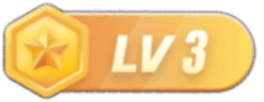
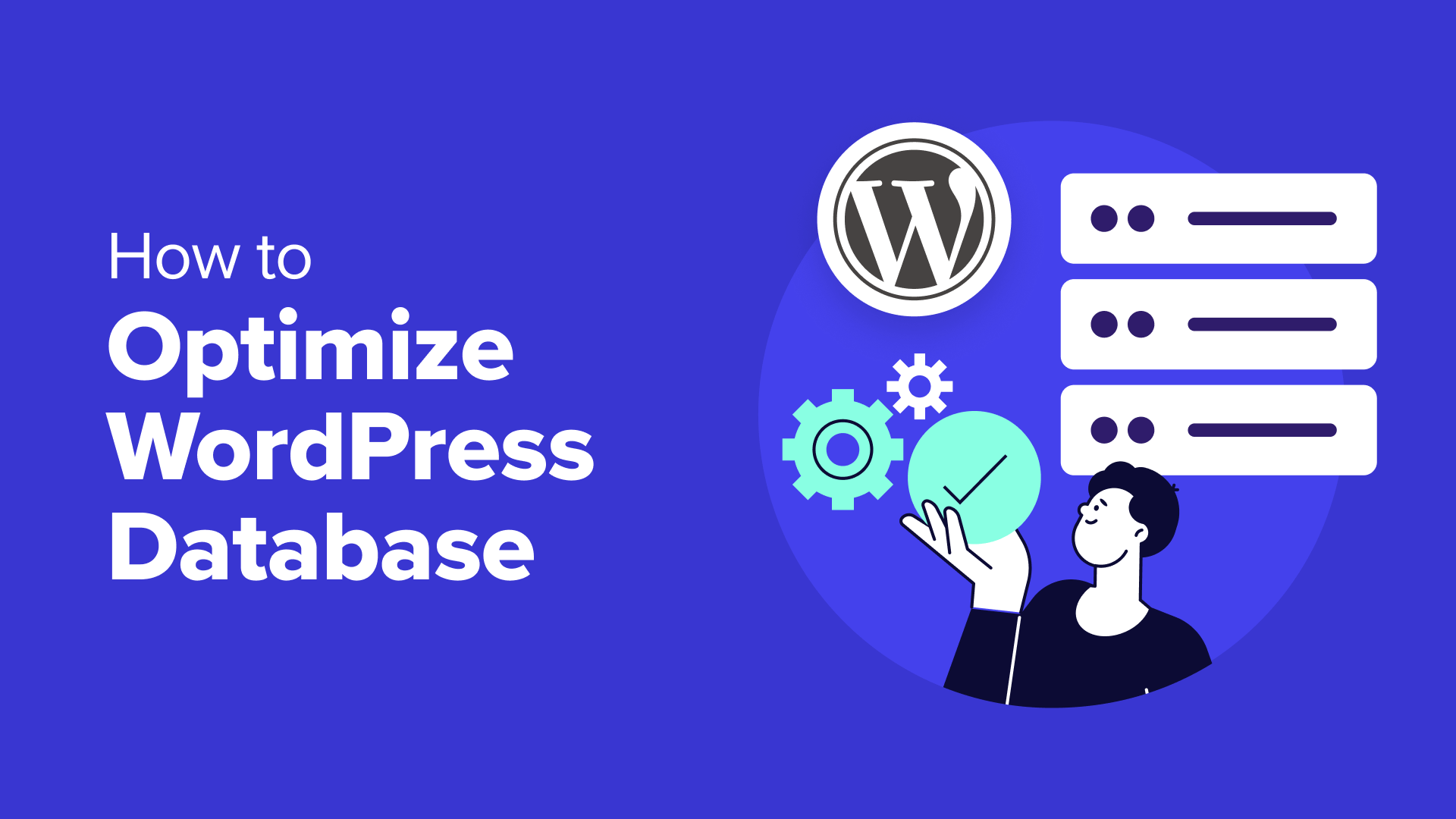

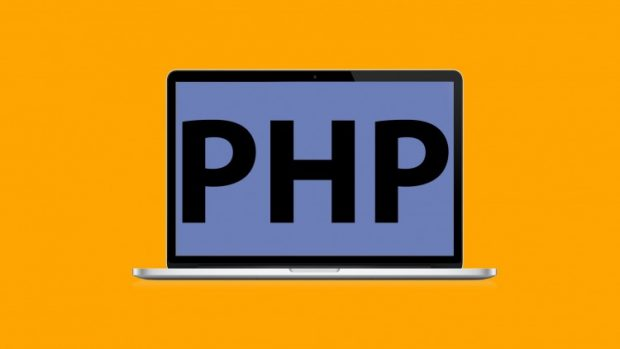
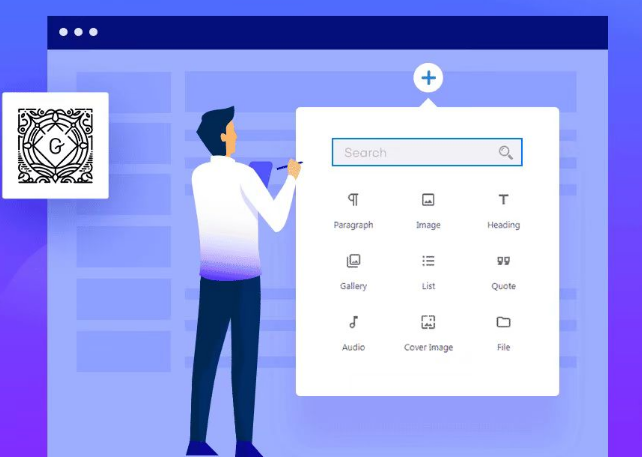
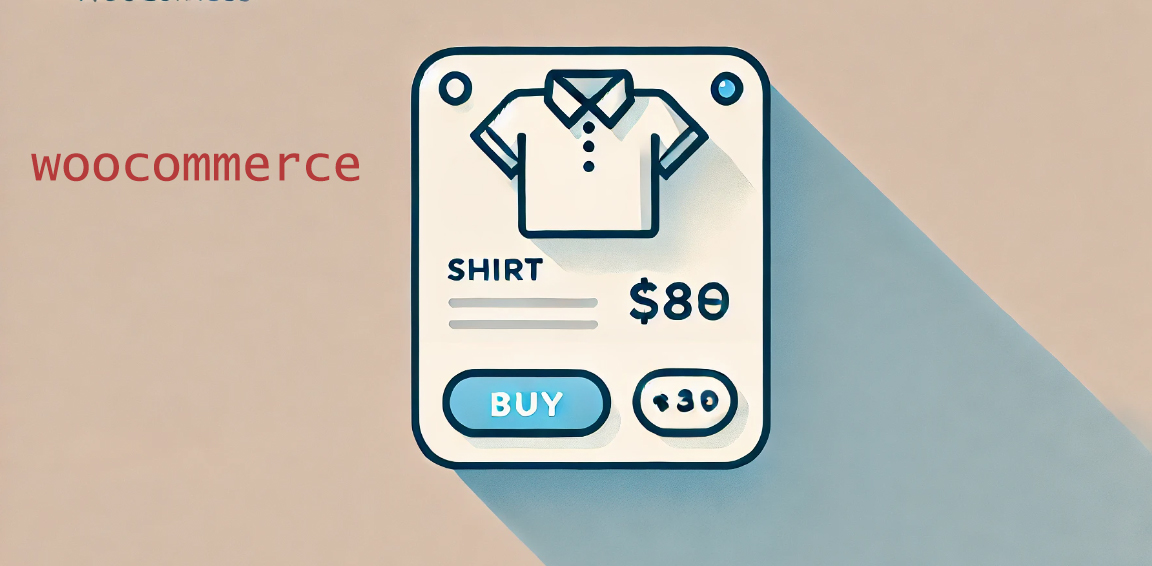





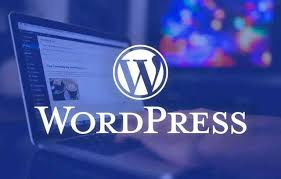
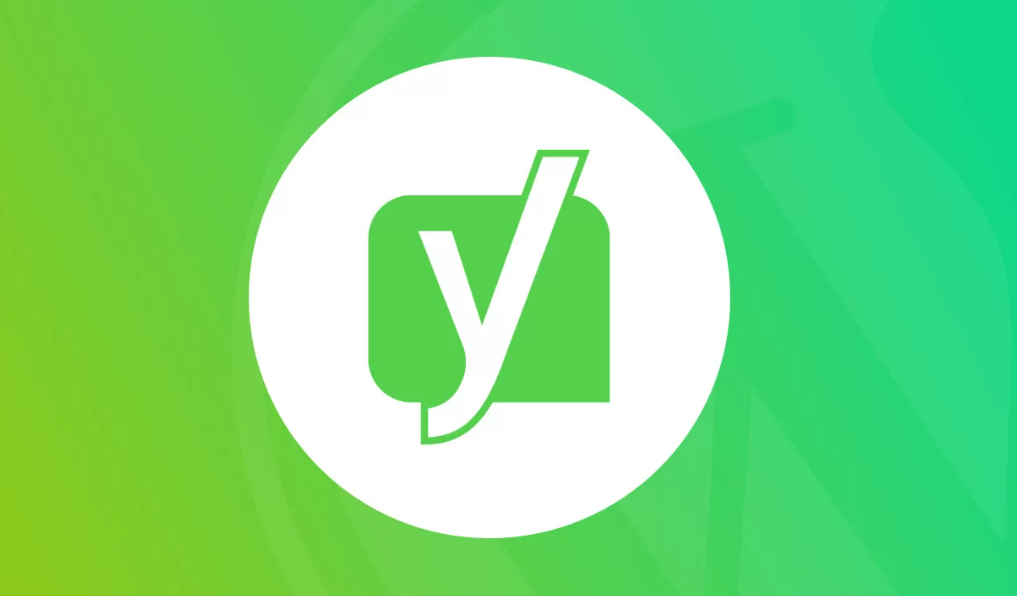




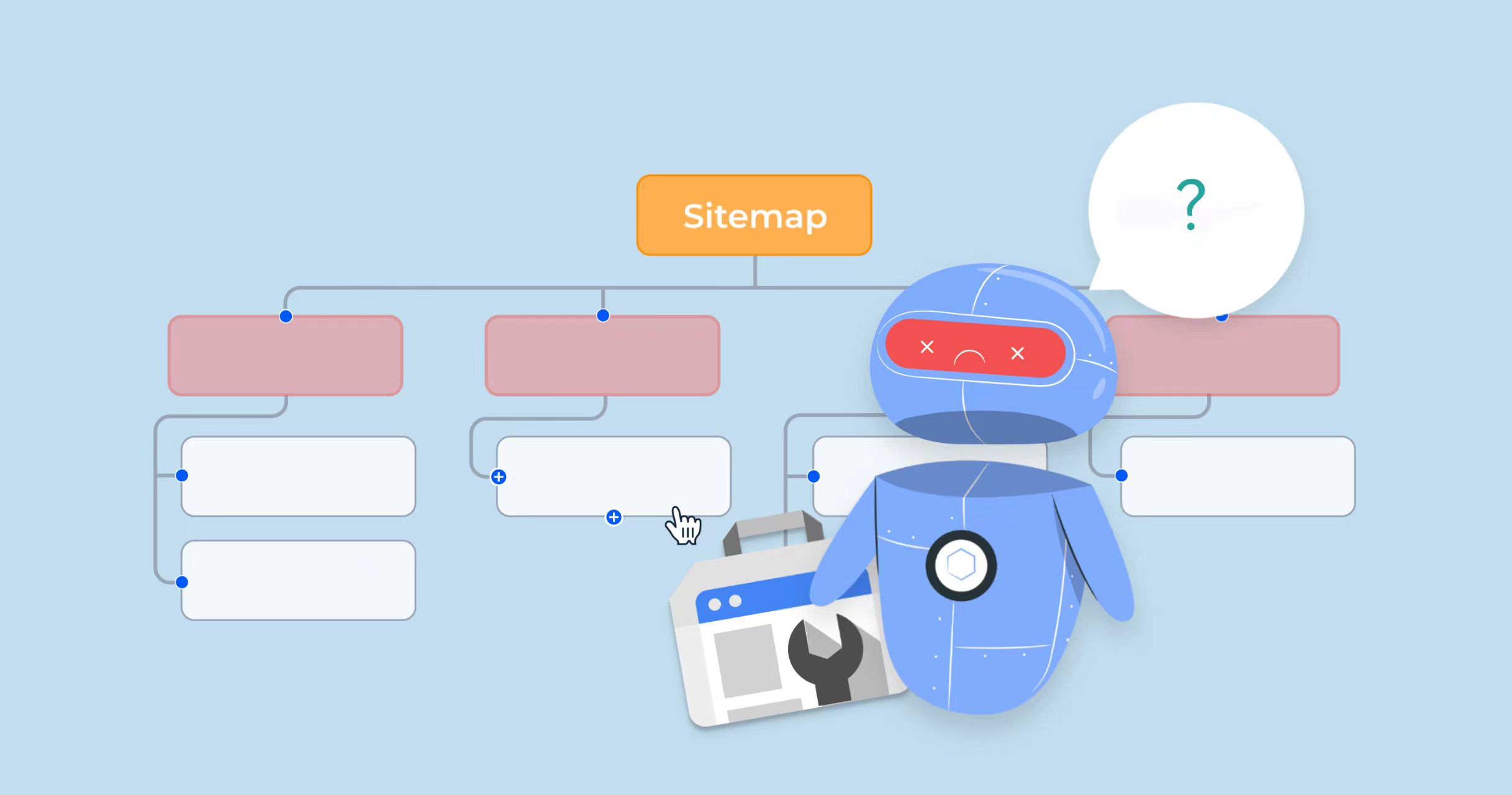
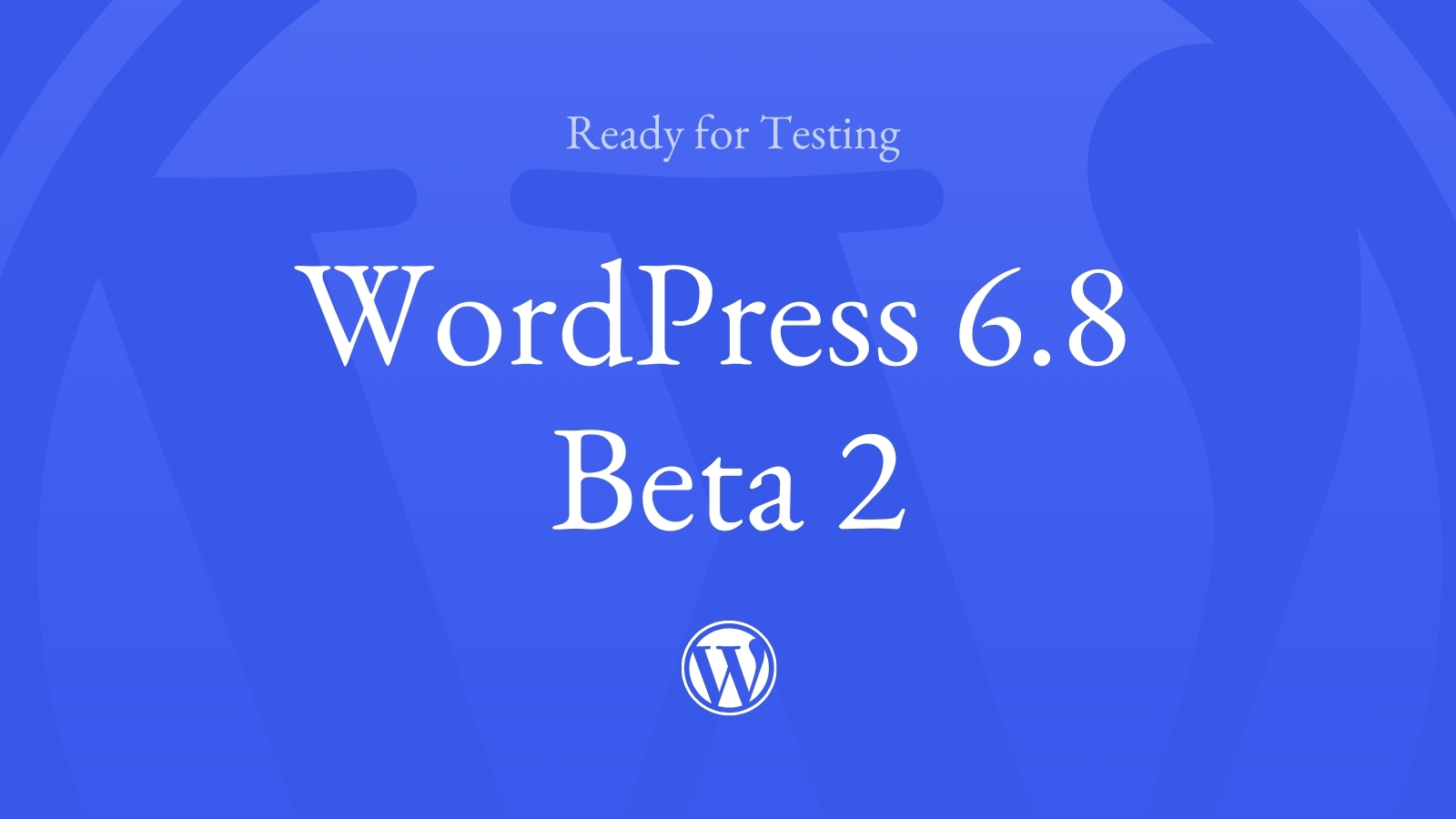











No comments